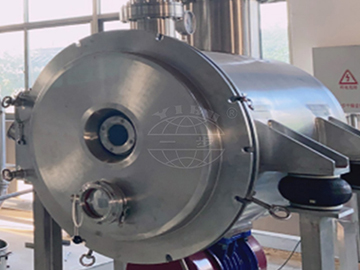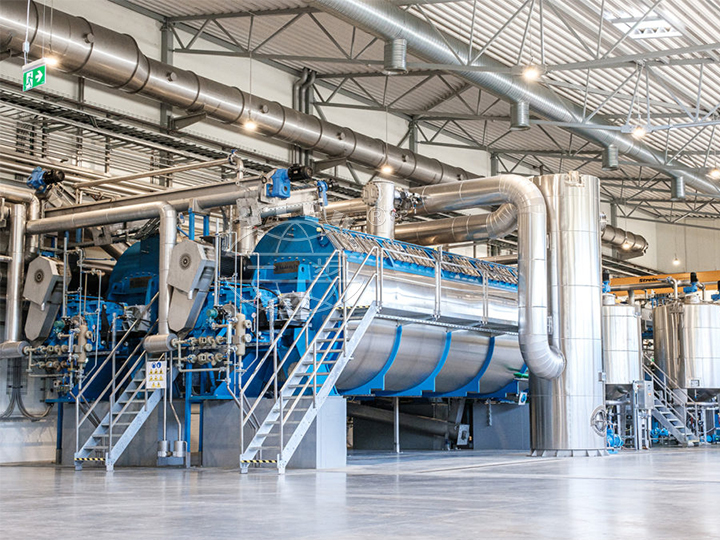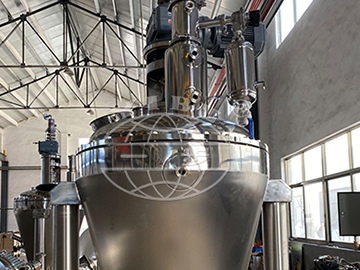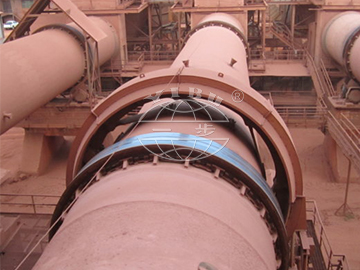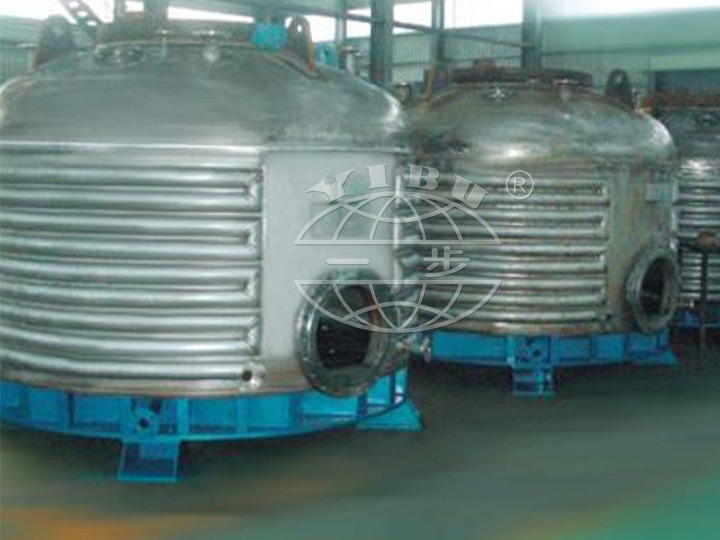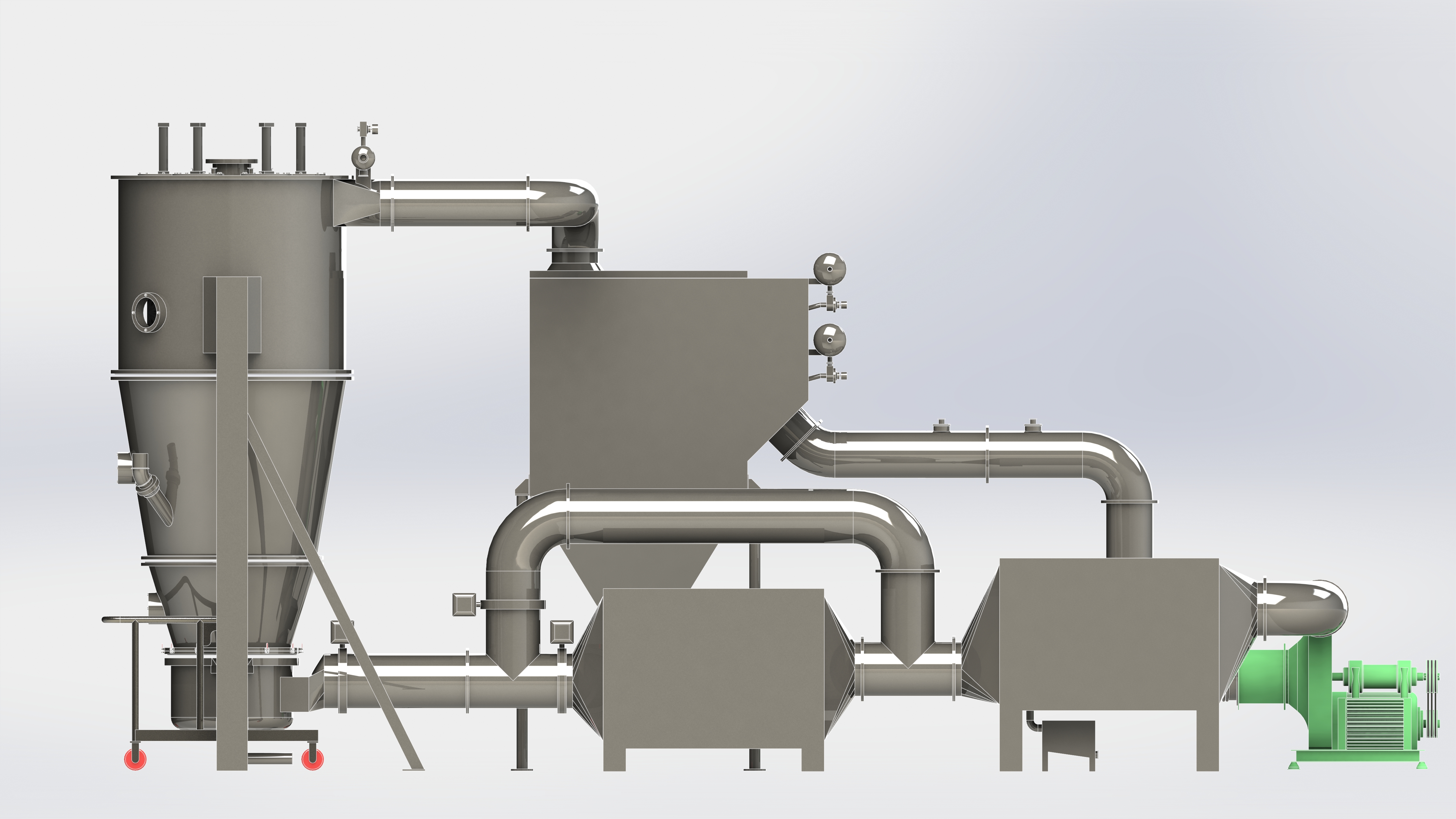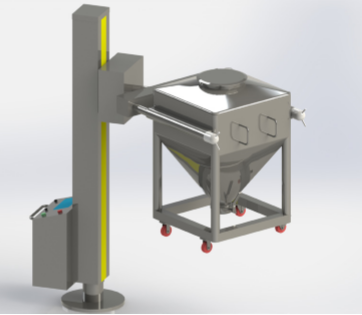Anaerobic sludge granulation(5)
Source: | Date:
2011-07-10
| Hits:
Keywords:
2.2.1. Physiological approach
The production of extracellular polymers by some microorganisms under certain conditions is considered by several authors, after Dolfing as the factor res-ponsible for the phenomenon of anaerobic granulation. Cape Town hypothesis (1987): According to Sam-Soon et al. granulation depends on Methanobacterium strain AZ, an organism that utilises H2as its sole energy source and can produce all its amino acids, with the exception of cysteine.When this microorganism is in an environment of high H2partial pressure, i.e., excess substrate, cell growth and amino acid production will be stimulated.However, as Methanobacterium strain AZ can not produce the essential amino acid cysteine, cell synthesis will be limited by the rate of cysteine supply. Additionally, if ammonium is available, there will be a high production of the other amino acids, which Methanobacterium strain AZ secretes as extracellular polypeptide, binding Methanobacterium strain AZ and other bacteria together to form granules.However, the authors admit the possibility that other anaerobic bacteria may have characteristics similar to Methano-bacterium strain AZ and thus also contribute to granule formation.This hypothesis was proposed following the analysis as a function of height of a UASB reactor treating a substrate mainly consisting of sugars with negligible nitrogen content and with adequate nutrients and trace elements for growth.
Supporting observations for this hypothesis were that the net sludge production per unit mass of COD was exceptionally high in the high H2partial pressure zone,
much higher than the yield normally expected in anaerobic systems and that the growth of sludge mass was confined to that high H2partial pressure zone.
Furthermore, the generation of soluble organic nitrogen in the high H2partial pressure zone, combined with a decrease of ammonium, could not be attributed
to cell growth or death.In fact, the decrease of ammonium was much more than the experimental maximum growth yield, which means that just a part of the ammonium could have been utilised for proto-plasm synthesis.On the other hand, if the generation of organic nitrogen would have been a result of death of organisms, the death rate would have greatly exceeded the cell growth rate.This means that the death of microorganisms could not explain the observed genera-tion of organic nitrogen in this lower active zone. Thus, the acceptable explanation given for this nitrogen behaviour was that the generation of organic nitrogen was due to the secretion of amino acids by bacterium strain AZ, under high H2partial pressure, in
cysteine-deficient medium and with an adequate supply of NH4+–N.
According to this hypothesis, the conditions that favour granulation are the following:
* environment with a high H2partial pressure;
* plug flow or semi-plug reactor (in order to achieve
phase separation) with a nearly neutral pH;
* non-limiting source of nitrogen, in the form of
ammonium;
* limited amount of cysteine.
Thus, granulation is very likely to occur during the conversion of carbohydrate substrates in a plug flow system. H2 is released during the conversion of the
carbohydrates to volatile fatty acids (VFA).Under high loading conditions, the H2uptake rate by the H2 utilising organisms is lower than the H2production rate
and a region of high H2partial pressure develops.This high H2partial pressure zone can be maintained in a plug flow system, thus providing conditions for the development of Methanobacterium strain AZ. The situations in which granulation is unlikely to occur, according to the Cape Town hypothesis, are the following:
* systems where the substrate does not yield H2in the fermentation process (e.g. acetate) or only can be degraded under low H2partial pressure conditions
(e.g. propionate and lipids);
* completely mixed systems, because of the ‘dilution’ of
the high H2partial pressure.
However, granulation has been observed in UASB reactors treating acetate, indicating that the theory does not hold.Moreover, the hydrodynamic behaviour in UASB reactors approaches usually a completely mixed regime, which means that there will be not a steep hydrogen profile over the height of the reactor. Moosbrugger et al. reported that also with protein-containing substrate (casein), the granulation in a UASB reactor was easily achieved and that the system behaviour was very similar to the same system treating carbohydrate substrates.
News
- 2024-06-08 > Exhibition Invitation |ACHEMA 2024, Germany
- 2019-06-15 > P-MECH CHINA 2019 YIBU BOOTH NO: N3B10a
- 2019-04-15 > YIBU will attend the 57th CIPM Exhibition held in Changsha in Hunan province
- 2018-12-28 > Actived carbon particle mesh belt dryer made for Ingrevity
- 2018-03-10 > big spin flash dryer and spray dryer delivery to pakistan and Italy customer on time
- 2017-12-29 > two sets high speed centrifugal spray dryers and three sets of drum dryre delivered to Indonesia
- 2017-08-24 > one set of LPG-100 spray dryer is delivered to America
- 2017-08-24 > Five layers mesh belt dryer is sucessfully delivered to Manila(Philippines)
- 2017-04-05 > Exhibition interpack 2017 in Dusseldorf In Germany
- 2016-11-23 > The 18th International Exhibition in Moscow
Products

